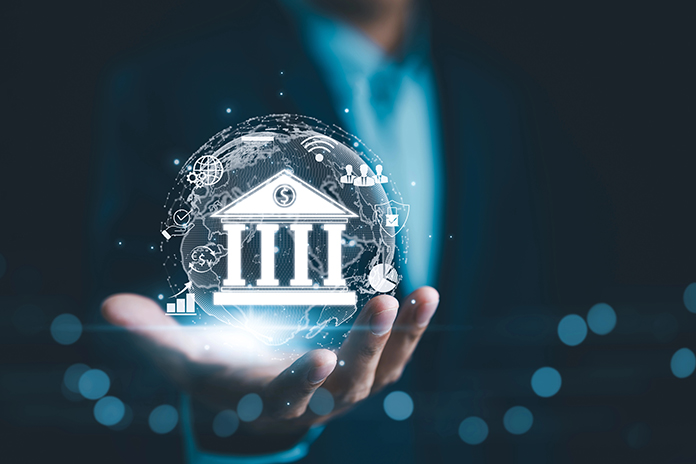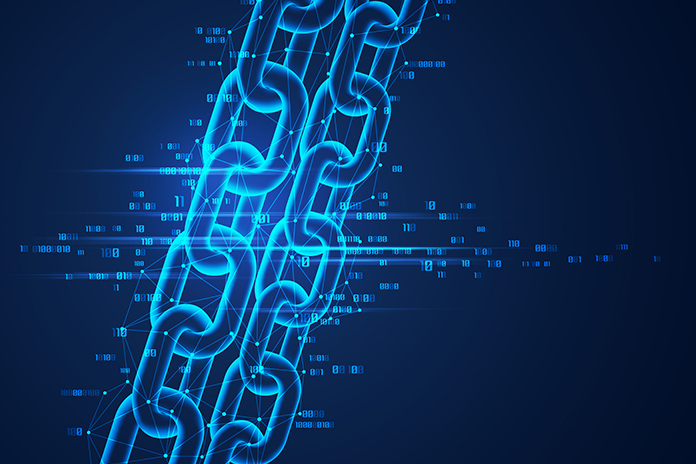News & Views
BankThink blockchain technology will let banks become what they ought to be
Originally published on American Banker on December 26, 2024
As we look toward the future of banking, the concept of trust is undergoing a profound transformation. Traditional banking systems — rooted in centralized control, manual processes and intermittent audits — have long served as pillars of the financial industry. Yet, the demands of an increasingly digital and global economy are straining them. In this evolving landscape, next generation networks, powered by blockchain technology, emerge not merely as a technical tool, but represent a wider shift in how trust can be embedded directly into the structure of financial transactions.
This technology now offers a glimpse into what banking ought to be — transparent, resilient and fundamentally secure — while also offering new levels of scalability and more affordable micropayments, thanks to lower transaction costs, paving the way for new revenue streams and facilitating the growth of international transactions.
Transparency is foundational in an ideal banking system. Next generation networks, powered by blockchain technology, provide transparency in ways conventional banking systems cannot. Unlike closed databases accessible only to select insiders, blockchain creates a shared, immutable ledger that authorized stakeholders can view. Every transaction is visible and traceable, creating a transparent, unbroken chain of data that cannot be altered without leaving a record.
The level of transparency is more than a technological upgrade — it’s a shift in what trust should look like. In a world where financial institutions are under intense scrutiny, blockchain’s open and accessible architecture should set the standard for recording and monitoring financial activities. Imagine a banking environment where transaction data is consistently accurate and visible, reducing the potential for mismanagement and manipulation. This is the future of trust that the banking industry now has an opportunity to embrace, as blockchain technology has become more widely accessible.
Human error has always been a risk in banking, even with highly controlled environments. However, as financial transactions grow more complex, the potential for costly mistakes increases. Blockchain’s built-in automation processes, such as smart contracts, offer a way to mitigate these risks by enforcing transaction conditions automatically.
For example, smart contracts could trigger loan payments automatically upon verified receipt of funds, ensuring accuracy and reliability without human intervention. This automated precision should be the future benchmark in banking, where reliability isn’t left to manual processes, but reinforced by code that eliminates common errors. With this shift, banking professionals can focus on strategic analysis and relationship building rather than transactional oversight.
Blockchain’s immutability represents one of its most significant contributions to banking. Once data is recorded on a blockchain, it cannot be changed without leaving a digital trace. In an ideal banking system, tamper-proof records are essential. Traditional systems are vulnerable to manipulation through internal fraud or external hacking. Blockchain’s structure offers an inherent defense, establishing a new security baseline for banking data.
Imagine a world where every transaction is a digital fingerprint, permanently recorded and immune to revisionist adjustments. This permanence is more than just a feature; it signifies a shift in how trust should be structured. Banking records, once created, should be as reliable and untouchable years from now as they are today. For the banking industry, blockchain’s immutability promises assurance that fosters confidence among customers, regulators and stakeholders.
In the future of banking, audits won’t be periodic but continuous, thanks to blockchain’s real-time data capabilities. Blockchain creates an environment where transactions can be verified instantly, providing auditors and regulators immediate access to verified data. This continuous access transforms auditing from a reactive to a proactive process.
Rather than waiting for quarterly or annual audits, auditors and compliance officers could adopt a “real-time audit” approach, identifying issues as they arise. This should become the new standard for the banking sector, where blockchain enables immediate insight into financial activities, helping to identify anomalies before they escalate. Such capabilities redefine what modern banking oversight should be, offering auditors the tools to be more proactive and confident in their work.
Blockchain technology is not merely a way to enhance existing systems — it represents a model for what banking should aspire to be. With transparency, security and reliability embedded at its core, blockchain provides a framework that could reshape the future of banking. In a digital-first world, embracing blockchain is about more innovation; it’s about rethinking the very nature of trust in financial systems. Meanwhile, the low transaction costs associated with micropayments on next generation networks, using the latest blockchain protocols, open the door to greater financial inclusion by making global remittances and cross-border payments more affordable.
The future of banking should be one where every transaction, account and audit is rooted in a system that requires no external validation to be trusted. Blockchain offers a vision of what trust could become in the years ahead: transparent, automated, tamper-proof and real-time. As we consider the future, we should ask whether blockchain can adapt to the standards of banking and whether banking can rise to the standards that blockchain has set.






